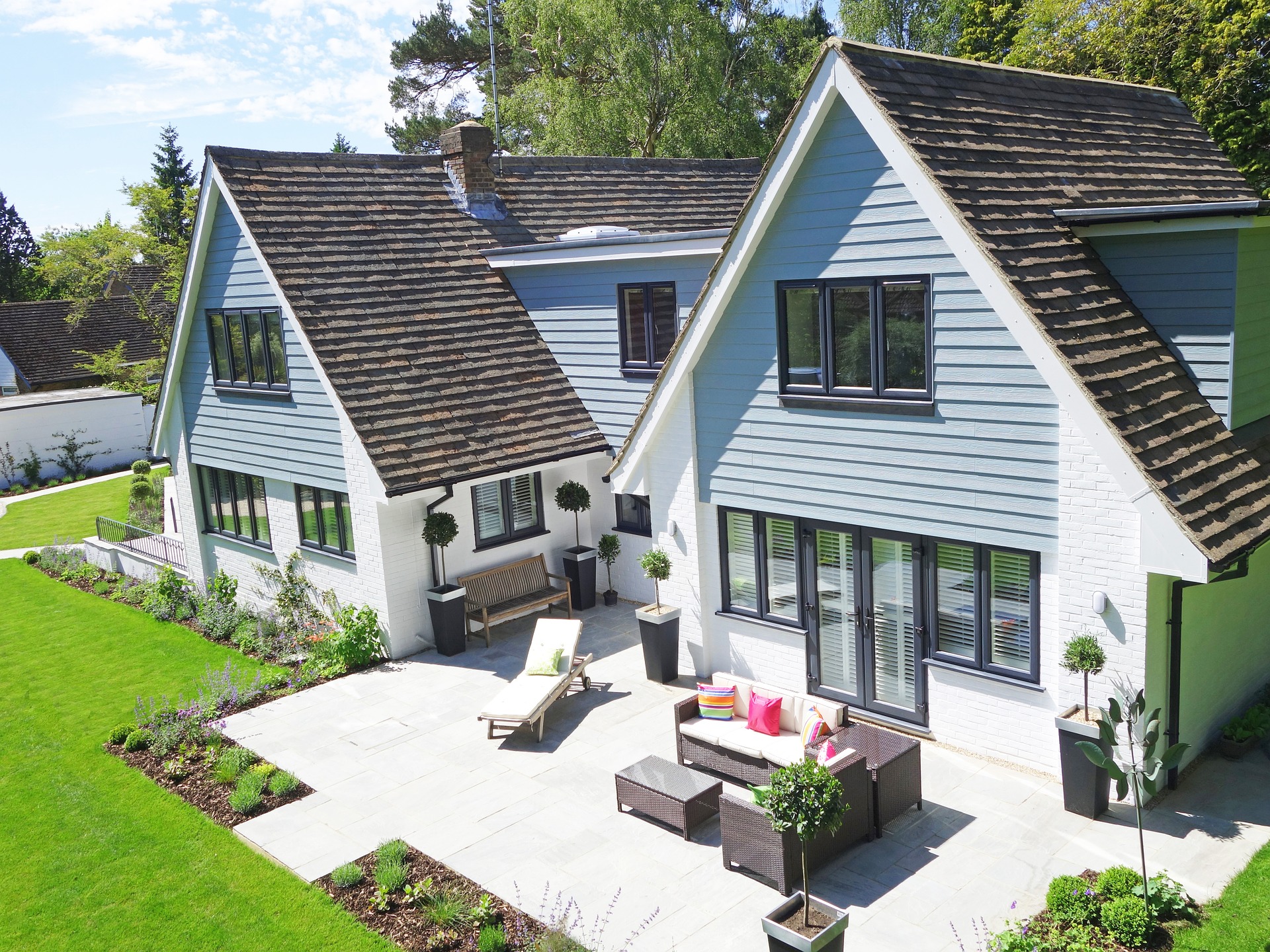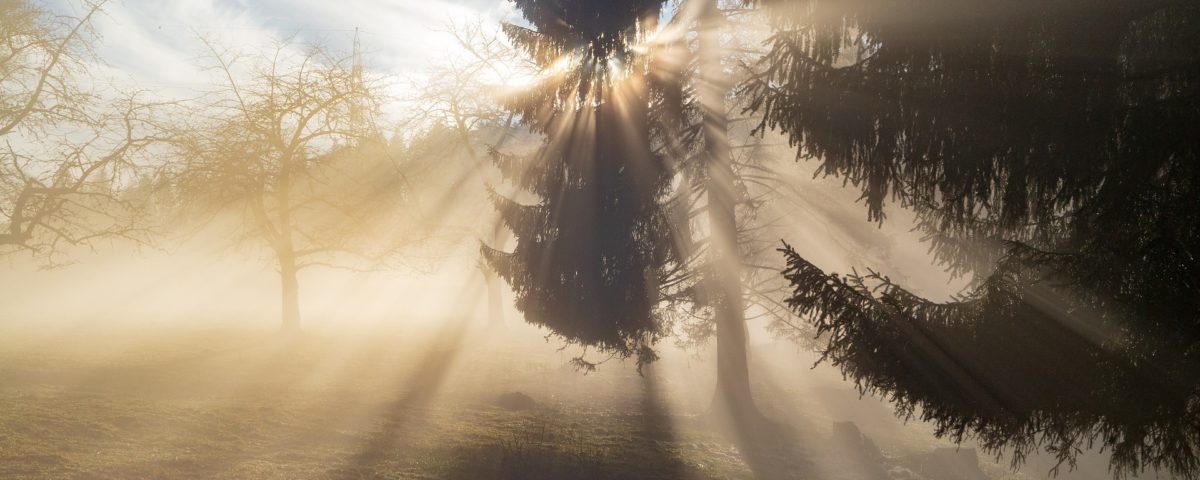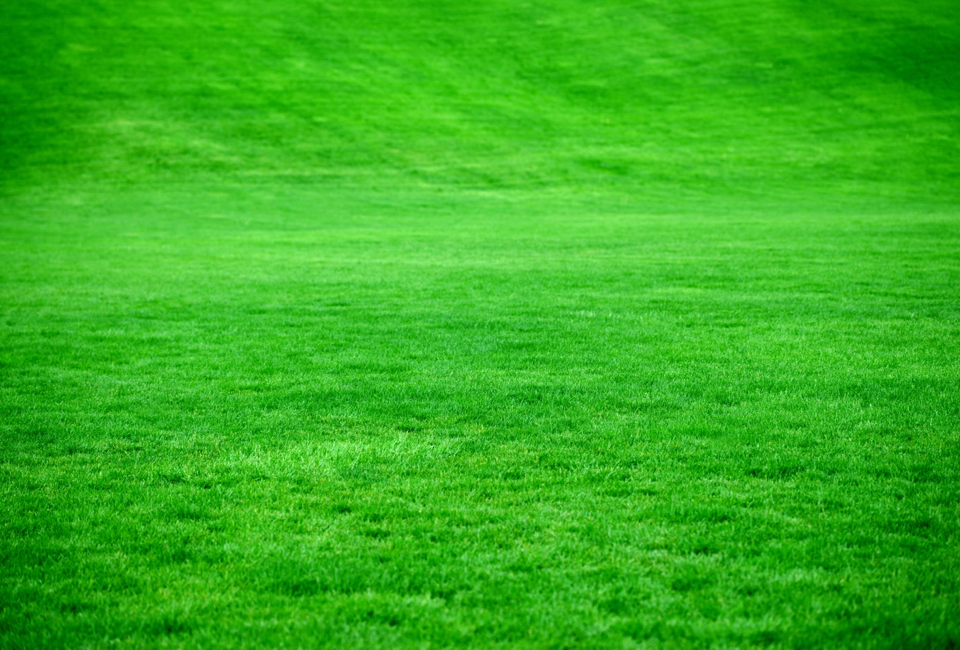
The Ultimate Guide for Amending Your Soil
June 1, 2020
5 Professional Landscaping Tips to Use Every Day
June 30, 2020Choosing the right plants for your landscaping can be the difference between creating a truly memorable outdoor space or creating extra work that constantly requires your attention. There are so many different plants to choose from, which is why it can be difficult for property owners to recognize the perfect plants for their properties. One of the most important things to consider when you are thinking about adding new plants to your property is whether or not they work best in the sun or in the shade.
Most properties have areas that are in the shade and in the sun, so if you take a few minutes to consider where you are planting, you can save yourself a lot of headaches. The problem for many landscapers when they plant something in an environment that it isn’t able to thrive in is that it will require extra work to keep it alive. The chances are also good that a plant that is ill-suited for sun or shade will die eventually. Part of landscaping success has to do with strategic planning and making your job as easy as possible, which is why we’ve put together a guide on planting in the sun versus the shade. Remember to reach out to Cal Blend Soils if you are interested in purchasing the best landscaping supplies on the market or if you have any questions about the right spot to plant certain things on your property.
Planting During the Growing Season
It is absolutely vital that you understand the time of year that you are planting in and how that will impact your plant’s ability to grow. That’s because the position of the sun and how much sun your yard gets each day will change throughout the year. Full shade plants are plants that require essentially no direct sunlight to thrive. Make sure you spend some time analyzing your yard and where the sunlight hits the ground to avoid exposing full shade plants to the sun. Full sun plants, on the other hand, will need 8 hours or more of sun each day to thrive. Lastly, partial shade plants can thrive in only 4 hours of daily sunlight. Spend some time checking out how the sun hits your property during the growing season to set your plants up for success.
Temperature Matters
Another important factor to keep in mind when you are adding plants to your property in the sun or shade is the temperature. Planting during the hottest months of the year means that you should put your plants that need full shade in areas that don’t have extreme temperatures. Also, keep in mind that some of your plants will need even more shade than normal if you are planting during the middle of the summer. This is another important reason to spend some time researching the plant types you are adding to your landscaping. The last thing you want to do is put your plants under extra stress due to extreme temperatures.
Full Sun Plants
If you notice that a plant requires full sunshine, then do your best to add that plant to an area that gets unfiltered sun for 6 or more hours each day. That way, you can give your plants the best chance at growing healthily. Some of the most common full sun plants to consider adding to your landscaping includes begonias, yellow alyssum, autumn joy, and black-eyed susans. These are good plants for the sun because they are heat-resistant and hold up well in any season as long as the sun is shining.
Partial Shade or Partial Sun Plants
It’s rare to have a landscape that receives sunlight all over the property, which is why looking into planting shades that enjoy partial shade or partial is a good idea. These plants are good for landscapes that have heavy foliage and lots of trees because that usually allows for direct morning sunlight and then shade towards the late afternoon. Generally speaking, these plants thrive with 3 to 6 hours of sun exposure every day. Some of the best plants to consider for partial shade include impatiens, oakleaf hydrangeas, ferns, and caladiums. One of the great things about landscaping and handling your own planting is that you can take customization to an entirely new level.
Full Shade Plants
When you have a property that really doesn’t get a lot of sunlight on a regular basis, it’s a good idea to look into full shade plants. These plants thrive in conditions where they receive occasional direct sunlight but not a lot of sun on a regular basis. It’s good to know that regardless of how much sunlight your property gets, there are plants you can consider adding. Some of the best full shade plants to consider for your landscaping include wax begonias, impatient lucy, leopard plants, creeping myrtles, and hemlock. Remember that even if you see a plant labeled as full shade, there might be certain conditions that will give it the best chances at success. There’s a difference between having a plant grow to its full potential or simply surviving.
Sun Vs Shade
Even the best landscapers deal with problems related to getting their plants enough sunlight. You can make your life a lot easier in gardening and landscaping by taking the time to learn which plants will work best on your property based on how much sunlight or shade you are dealing with. If you have any questions about planting in the sun versus the shade or you simply want to learn more about landscaping supplies and how they can benefit your property, reach out to Cal Blend Soils today. We can help you create the perfect planting plan for your property and provide you with the landscaping products you need to make your vision become a reality. Reach out to one of our team members today to learn more.


